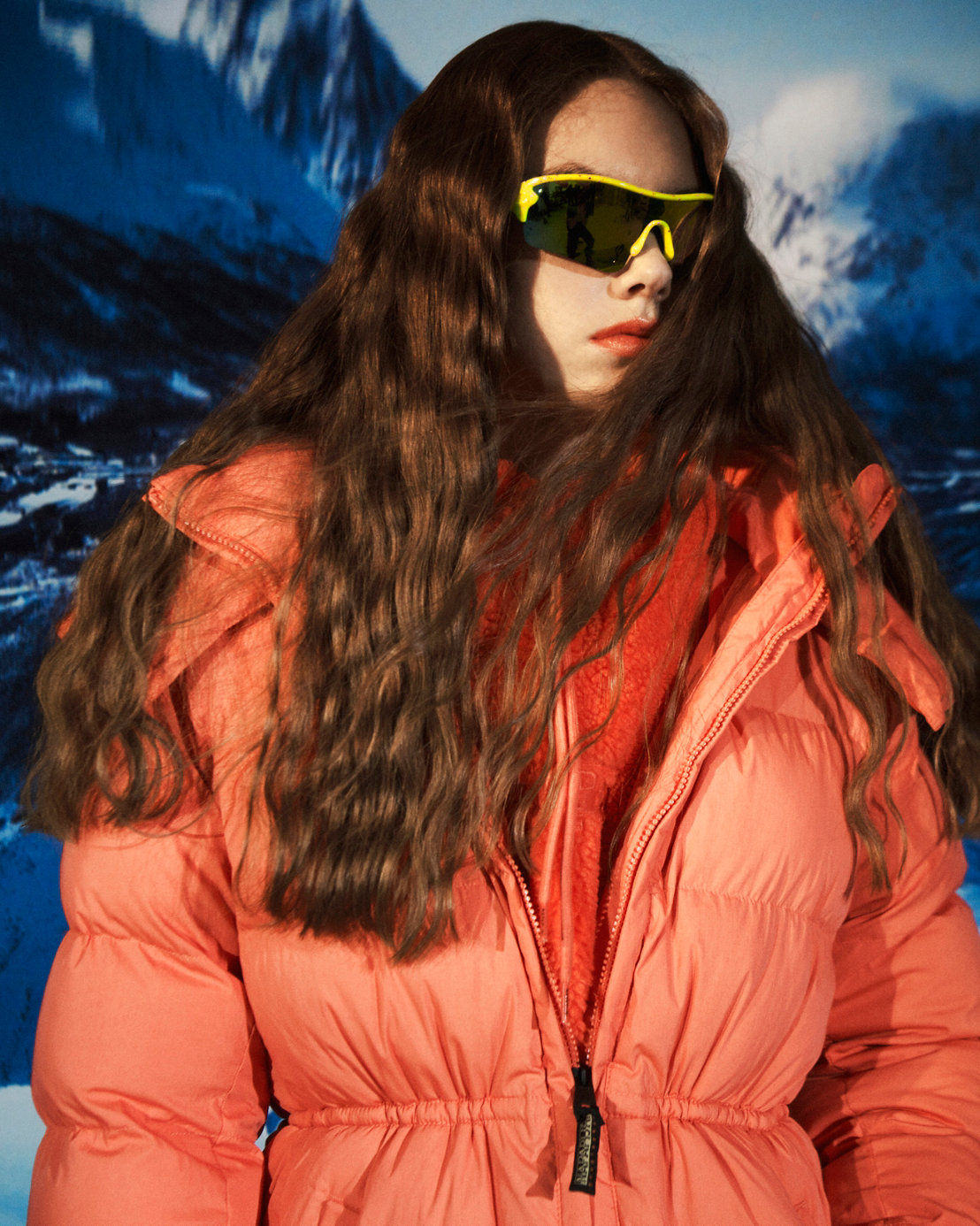Outer Layers
One of the most important things to wear when skiing is a quality jacket. Down or synthetic insulation is used to trap air heat close to the body and maintain a comfortable temperature. Water-resistant fabrics prevent snow or rain from penetrating the lower layers and keep you dry.
Good quality ski jackets come with lots of useful features, including large pockets that can hold phones, ski goggles and more. Some Napapijri jackets such as the Zeroth ski jackets are made with recycled down-free Thermo-Fibre™ padding insulation, helping to reduce environmental impact without compromising on quality. Unique and functional, Zeroth jackets include a water-repellent zip fastening, multifunctional pockets, detachable inner gaiters and a Recco®technology reflector system to help tracking in case of avalanches.
The legendary Napapijri Skidoo jacket is designed to be wind-proof, water-resistant and extra warm. Since its debut in 1990, the Skidoo has been a popular choice to stay warm and dry in winter. While not designed specifically for skiing, the Skidoo is often seen on the slopes for light runs. It will keep you warm on the piste and look great for apres-ski but opt for the Zeroth jacket for prolonged exposure to wet snow.
Of course, no outer layer would be complete without ski pants. Especially as a beginner, when you might be falling in the snow often, it's important to wear pants that are water-resistant so that you’re not soaked by the end of the day. Alternatively, you could pick a pair of bibs which come up higher on your chest. They also have shoulder straps, ensuring no snow finds its way into your clothing.

















